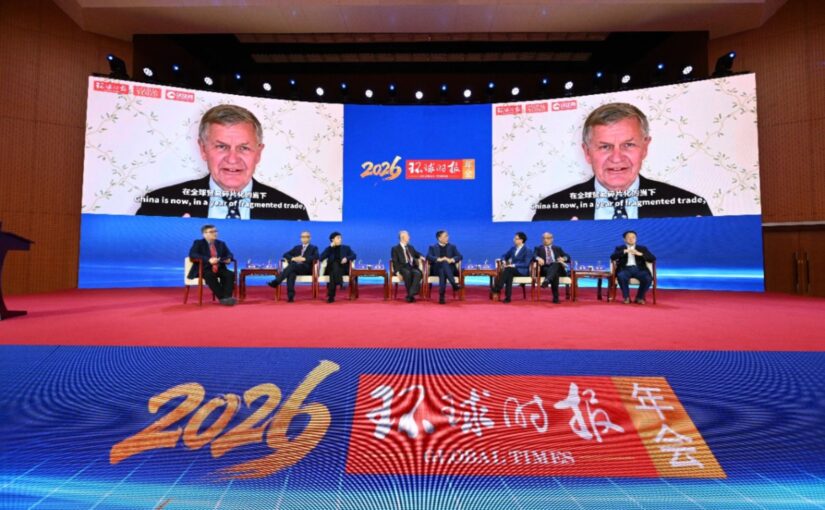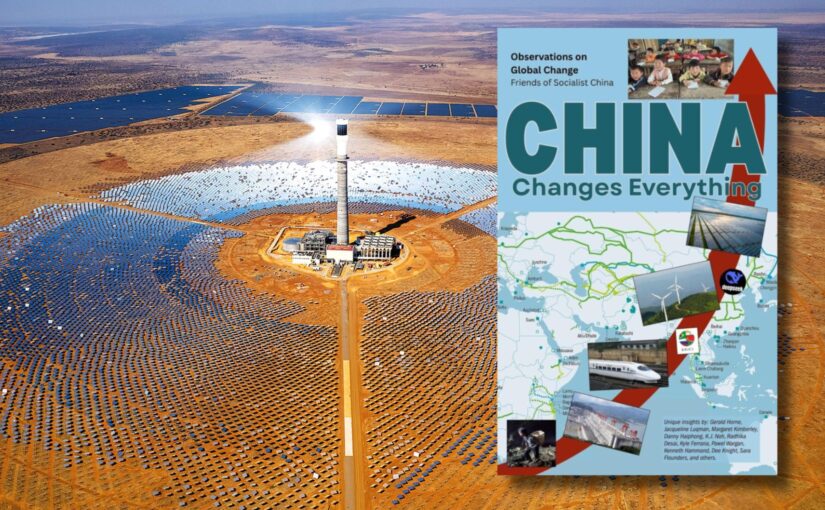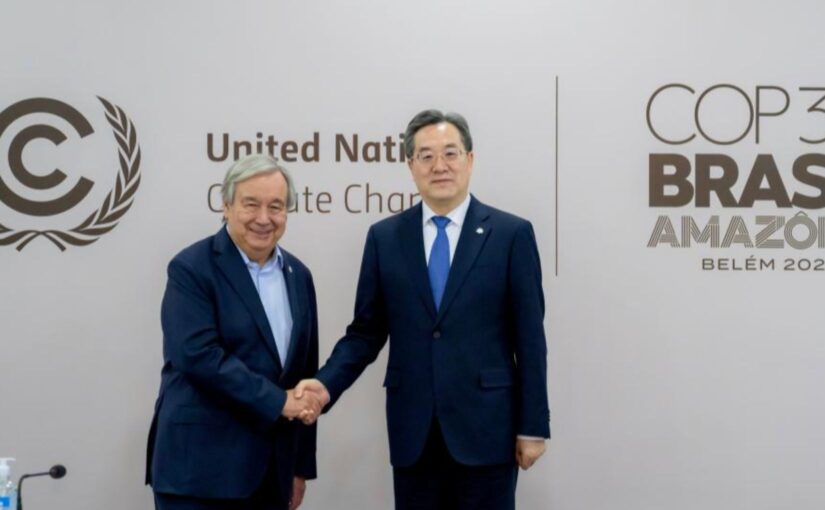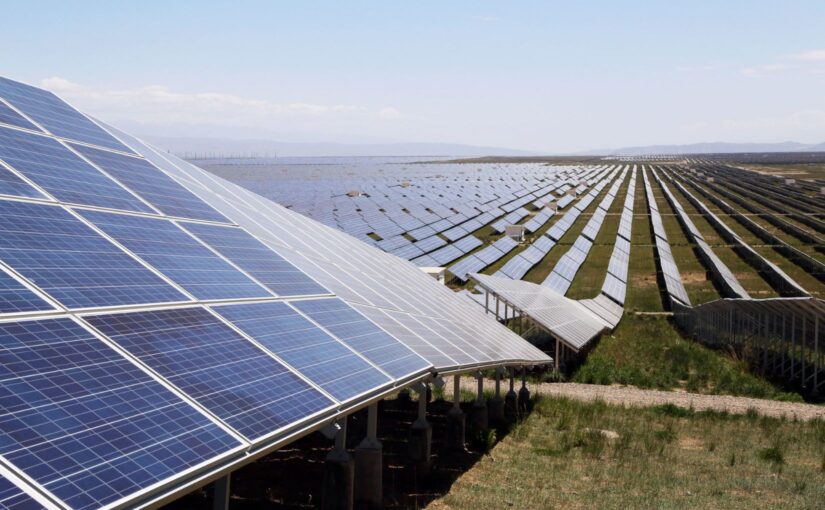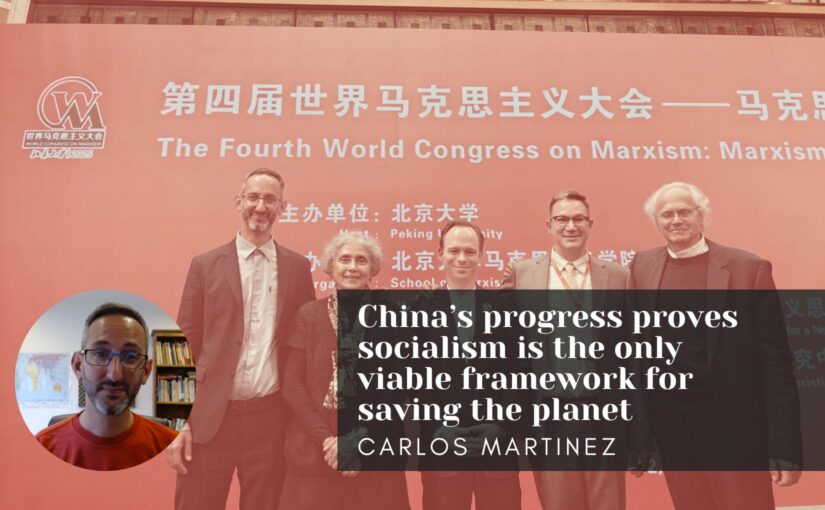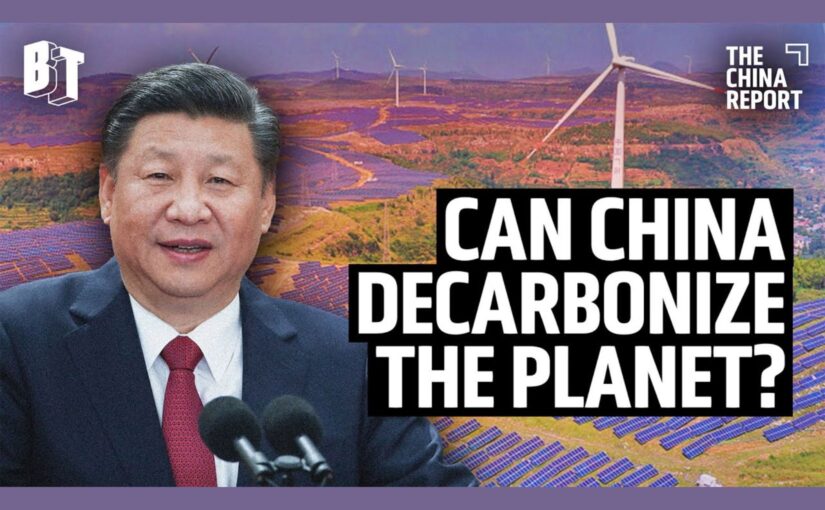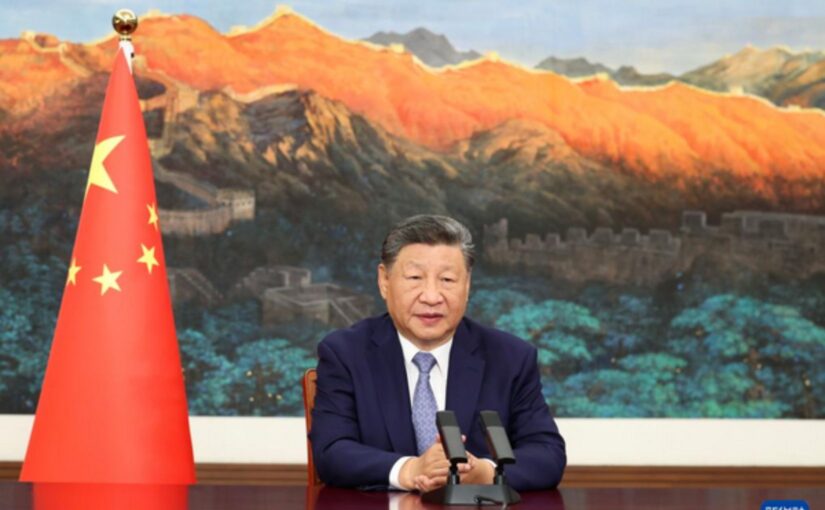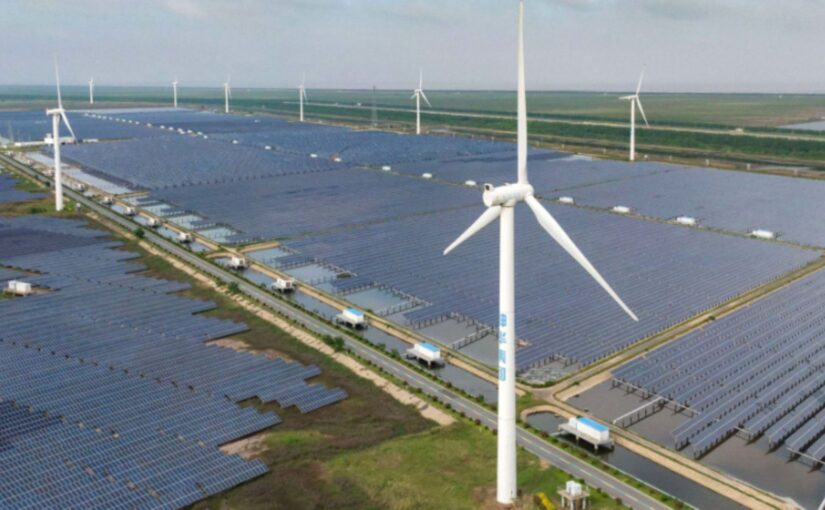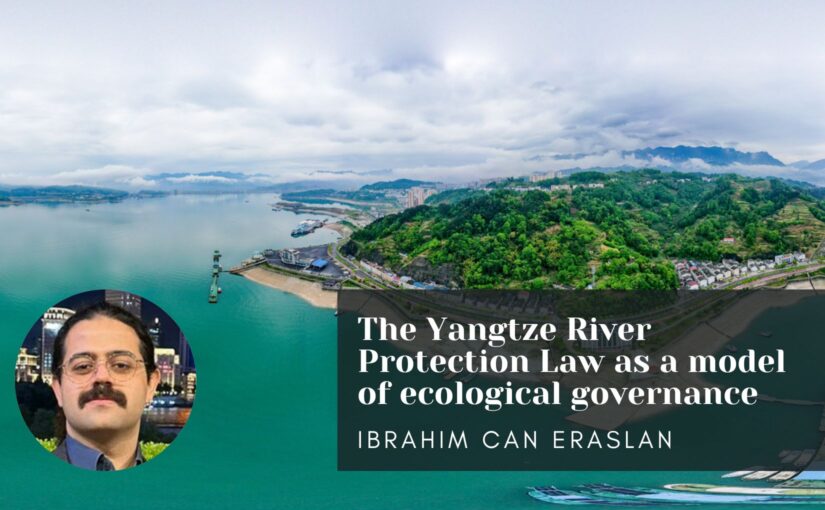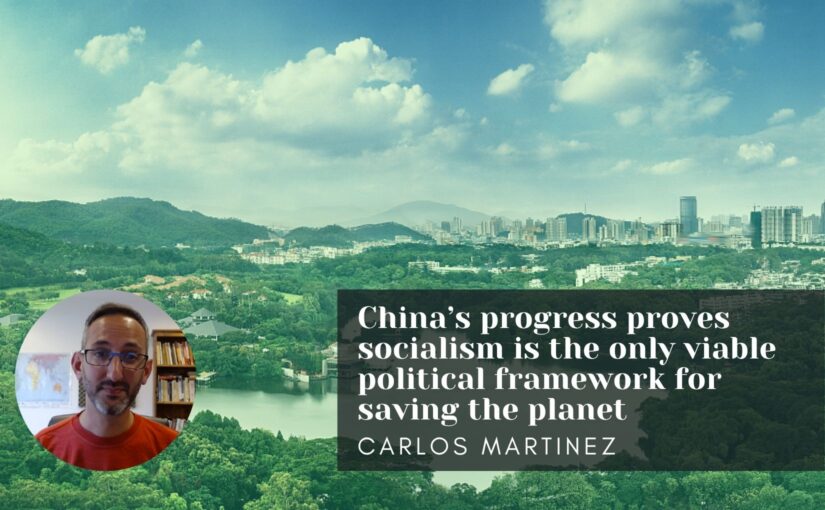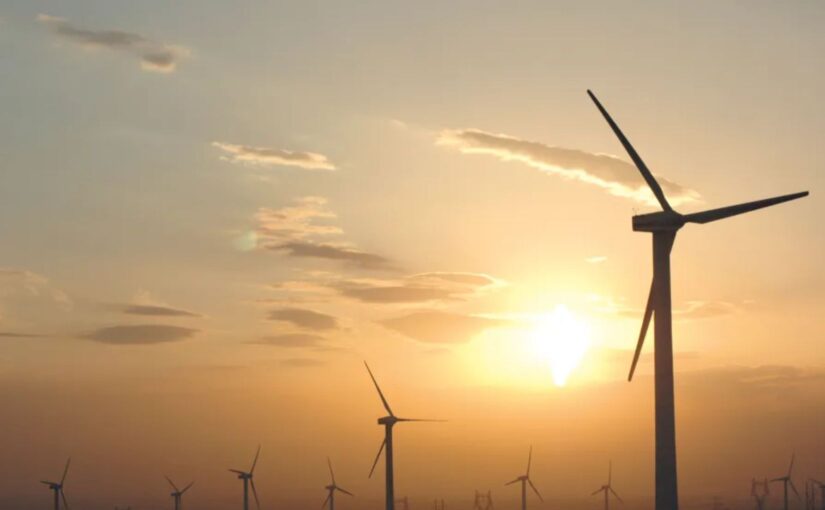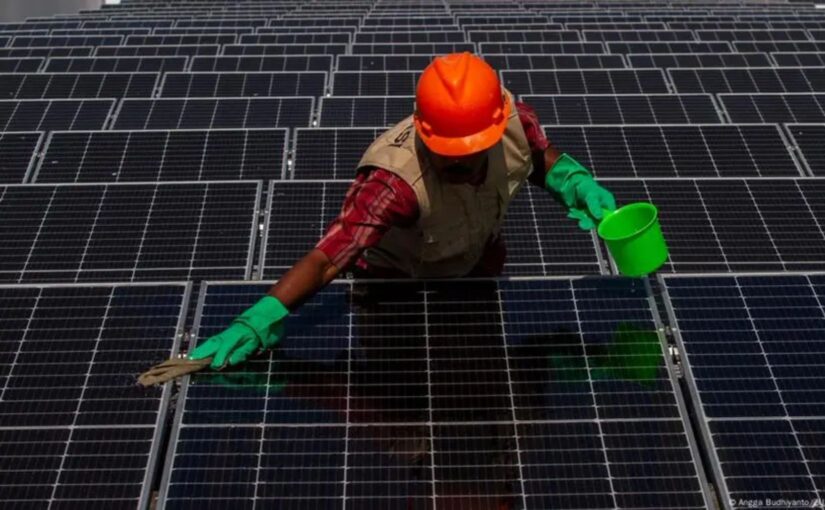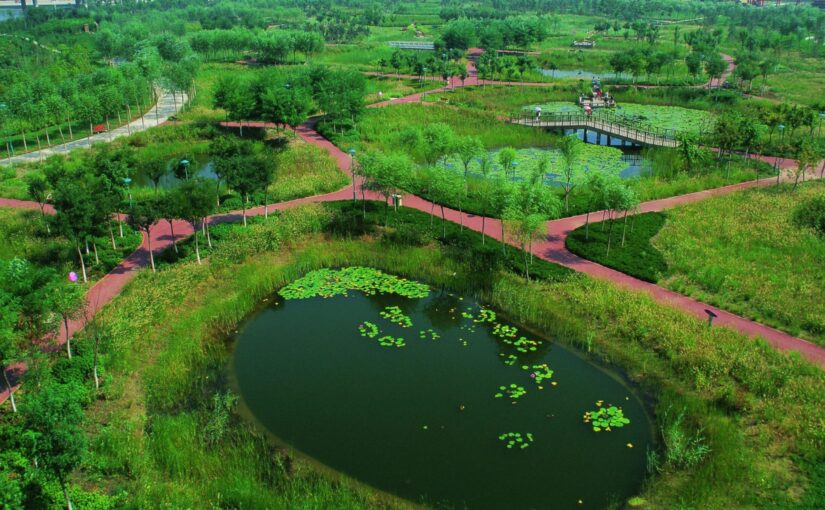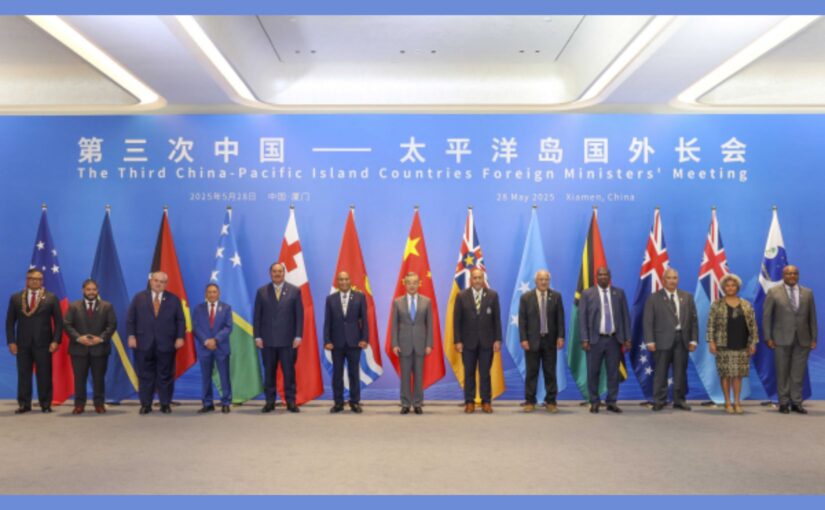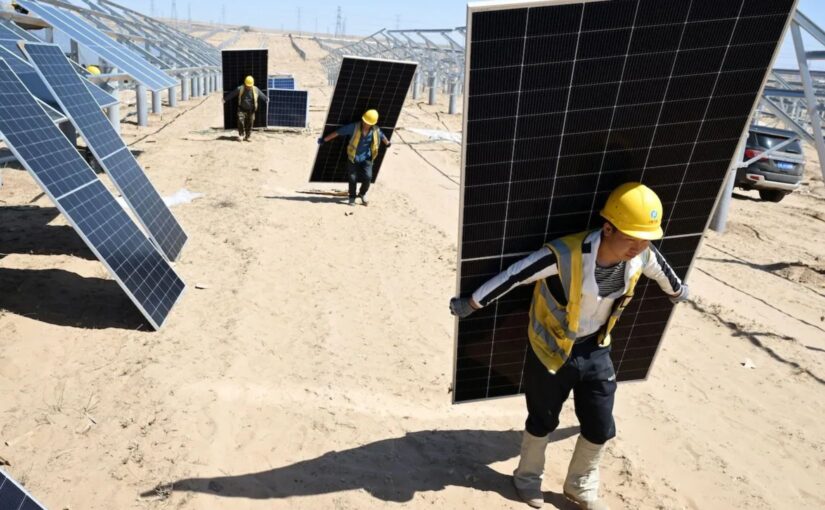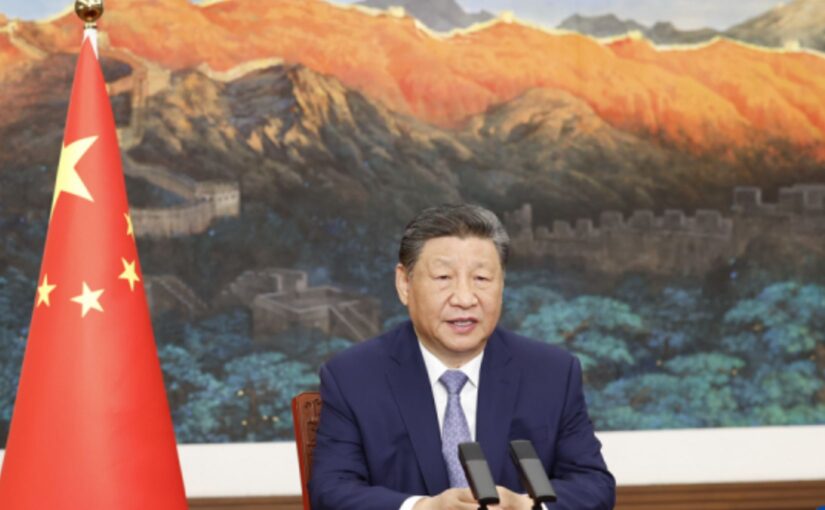In video remarks to the United Nations Climate Summit on 24 September 2025, Chinese President Xi Jinping called for a renewed global commitment to climate action. He stressed that green and low-carbon transition is the “trend of our time”, urging countries not to be swayed by the backsliding of “some country” (presumably referring to the United States) and to deliver ambitious Nationally Determined Contributions (NDCs).
Xi outlined three key principles. First, confidence: the world must stay resolute and consistent in its climate efforts. Second, responsibility: fairness requires that developed nations lead in emissions cuts while providing financial and technological support to developing countries, respecting their right to development. Third, cooperation: countries should strengthen coordination in green technology and industry, ensure open trade in green products, and share the benefits of sustainable growth worldwide.
Announcing China’s new NDCs, Xi pledged that by 2035 China will: reduce net greenhouse gas emissions by 7 to 10 percent from peak levels; raise non-fossil fuels to over 30 percent of energy consumption; expand wind and solar capacity to 3,600 GW (six times 2020 levels); increase forest stock to 24 billion cubic meters; make new energy vehicles dominant in new sales; extend its carbon trading market; and basically establish a climate-adaptive society. He concluded:
Great visions require concrete actions. Climate response is an urgent yet long-term task. Let’s all step up our actions to realize the beautiful vision of harmony between man and nature, and preserve planet Earth—the place we call home.
In a blog post, veteran educator and activist Mike Klonsky contrasted President Xi’s vision with Donald Trump’s speech at the UN General Assembly – “a long and humiliating rant, filled with personal grievances and attacks on the UN, European leaders, migration policies, and clean energy.” Mike observes that Trump “spent about a quarter of his speech undermining UN-led efforts to address climate change and ridiculing renewable energy policies”. Meanwhile, “China is quietly rewriting the global energy script. The numbers aren’t just staggering—they’re humiliating for any nation like the US, still tethered to fossil-fuelled delusions”.
A Morning Star report of 25 September quotes UN climate chief Simon Stiell saying that plan announced by President Xi “is a clear signal that the future global economy will run on clean energy.”
In a separate opinion piece for the Morning Star on 25 September, London-based climate activist Paul Atkin describes the extraordinary progress China is making in relation to green energy:
• China has 17.2 per cent of the world’s people but half of the world’s solar, wind power and EVs.
• Last year, China installed as much renewable power as the US has in its entire history.
• Three out of four offshore wind turbines in 2025 are being installed in China.
• This April, China installed solar power at a rate equivalent to a new power station every eight minutes.
• Enormous solar and wind farms are being built. One of these, in Tibet, is the size of Chicago.
Paul points to the urgent necessity of working closely with China in pursuit of a sustainable future: “As the climate crisis deepens, the cost of being shackled to the US and its cold war stance against China will become more and more apparent — a point we have to make in and through the unions, Labour, the Greens and Your Party.”
Paul is among the speakers at the Socialist China Conference on Saturday 27 September.
We republish below President Xi’s speech at the UN Climate Summit, followed by the text of Paul Atkin’s article.
Honoring Commitments with Concrete Actions and Jointly Writing a New Chapter in Global Climate Governance
Remarks by H.E. Xi Jinping, President of the People’s Republic of China
At the United Nations Climate Summit
September 24, 2025
Your Excellency Secretary General António Guterres,
Your Excellency President Luiz Inácio Lula da Silva,
Colleagues,
This year marks the 10th anniversary of the Paris Agreement, a pivotal year for countries to submit their new Nationally Determined Contributions (NDCs). Global climate governance is entering a key stage.
I wish to share with you three points.
First, we must firm up confidence. Green and low-carbon transition is the trend of our time. While some country is acting against it, the international community should stay focused on the right direction, remain unwavering in confidence, unremitting in actions and unrelenting in intensity, and push for formulation and delivery on NDCs, with a view to providing more positive energy to the cooperation on global climate governance.
Second, we must live up to responsibilities. In the course of global green transition, fairness and equity should be upheld and the right to development of developing countries fully respected. The transition should serve to narrow rather than widen the North-South gap. Countries need to honor the principle of common but differentiated responsibilities, whereby developed countries should take the lead in fulfilling emission reduction obligations and provide more financial and technological support to developing countries.
Third, we must deepen cooperation. The world now faces a huge demand for green development. It is important that countries strengthen international coordination in green technologies and industries to address the shortfall in green production capacity and ensure free flow of quality green products globally, so that the benefits of green development can reach all corners of the world.
Colleagues,
Let me take this opportunity to announce China’s new NDCs as follows: China will, by 2035, reduce economy-wide net greenhouse gas emissions by 7% to 10% from peak levels, striving to do better; increase the share of non-fossil fuels in total energy consumption to over 30%; expand the installed capacity of wind and solar power to over six times the 2020 levels, striving to bring the total to 3,600 gigawatts; scale up the total forest stock volume to over 24 billion cubic meters; make new energy vehicles the mainstream in the sales of new vehicles; expand the National Carbon Emissions Trading Market to cover major high-emission sectors; and basically establish a climate adaptive society.
These targets represent China’s best efforts based on the requirements of the Paris Agreement. Meeting these targets requires both painstaking efforts by China itself and a supportive and open international environment. We have the resolve and confidence to deliver on our commitments.
Colleagues,
Great visions require concrete actions. Climate response is an urgent yet long-term task. Let’s all step up our actions to realize the beautiful vision of harmony between man and nature, and preserve planet Earth—the place we call home.
Thank you.
Time to follow China’s climate leadership
The climate crisis is happening now. We are in a crucial decade in the century that will make or break human civilisation.
It will not follow a path of Fabian gradualism. In physics as in politics, long periods of apparent stasis, in which forces build, hit a tipping point, setting off sudden, dramatic shifts; unimaginable until they happen, but making the previous period unimaginable once they have.
China aims to build a moderately prosperous socialist society as an ecological civilisation, expressed in the “Two Mountains” proposition — that green mountains with clear water are as valuable as mountains of gold.
So, as China grows, it will be green; not socialism with a green component, but green socialism. As one Canadian commentator put it: “China is pushing power sector transformation through central planning. It can build clean infrastructure quickly.”
So, if you have socialist planning, you can put social and ecological priorities in command in a way that the West can’t.
“China sees the old fossil fuel growth model as … unable to sustain long-term prosperity.”
If the socialism that’s built isn’t green, it can’t survive. Investment in solar power, electric vehicles, batteries, and wind power is now the core driver of China’s economy.
• China has 17.2 per cent of the world’s people but half of the world’s solar, wind power and EVs.
• Last year, China installed as much renewable power as the US has in its entire history.
• Three out of four offshore wind turbines in 2025 are being installed in China.
• This April, China installed solar power at a rate equivalent to a new power station every eight minutes.
• Enormous solar and wind farms are being built. One of these, in Tibet, is the size of Chicago.
China now has 57 per cent of its electricity generated by renewables, compared to 50.8 per cent for Britain. China’s domestic emissions are peaking, even as demand for energy increases. Emissions were down 1.6 per cent, and coal consumption dropped by 2.6 per cent, in the first half of this year.
The International Energy Agency expects China to hit peak oil in 2027. As China had driven two-thirds of global oil demand growth from 2013 to 2023, it is set to plateau then drop before 2030.
This makes investment in fossil fuel exploration or power plants increasingly risky. Banks that have traditionally put huge resources into them are beginning to get cold feet. This is putting the US fossil fuel drive at odds with markets. China’s decision to stop coal investment overseas has been pivotal.
• China’s clean energy exports in 2024 shaved 1 per cent off global emissions outside of China.
• Three-quarters of global fossil fuel demand is now in nations where this has already peaked.
• More than 60 per cent of emerging and developing economies like Brazil and Vietnam are leapfrogging the US and Europe in clean electrification.
• Pakistan doubled its previous grid capacity with new rooftop solar last year.
• Solar panel exports from China to Africa are up 60 per cent this year.
Three factors underlie this.
Physics: fossil fuels are wasteful. Two-thirds of their energy is lost to heat or inefficiency. Solar, electric motors, and heat pumps are two to four times as efficient.
Economics: as fossil fuel reserves deplete, they become more expensive to access. The more electric technology is manufactured, the cheaper and better it becomes.
Geopolitics: the old energy system left three-quarters of humanity dependent on expensive, imported fuels. Electric technologies unlock local resources.
So, the Western model of development is outmoded, and the future does not, and cannot, look like the US. China is not following the US in a race to the bottom. Ma Zhaoxu, China’s vice-foreign minister, says: “Regardless of how the international situation evolves, China’s proactive actions to address climate change will not slow down.”
In rolling back Joe Biden’s attempt to suck green investment into the US, Donald Trump has abandoned the future.
This doesn’t simply involve domestic economic self-sabotage, with more expensive fossil fuel plants pushing up bills, offshore wind farms cancelled, imperilling supply in regions like New England, but also a wrecking ball taken to disaster emergency relief and scientific research monitoring the climate.
As the world’s leading petrostate, US policy now actively suppresses the truth about climate change. Their aim is to lock as much of the world as possible into fossil fuel bondage.
Success for the US would lock the world, and the US itself, into climate collapse. But, while the US still makes some of the weather — literally in this case — it’s no longer able to determine the direction of the world.
As climate scientist and 350.org founder Bill McKibben puts it in his article Here Comes the Sun: “Big Oil spent more money on last year’s election cycle in my country than they’ve ever done before. And it’s why they’re now being rewarded with a whole variety of measures designed to slow this transition down, which may succeed.
“I mean, it’s possible that 20 years from now, the US will be a kind of museum of internal combustion that other people will visit to see what the olden days were like. But it’s not going to slow the rest of the world down much, I don’t think.”
There is a tension in the British government, with its attempt to dodge tariffs by bending the knee and committing to an annual £77 billion black hole in “defence” spending, and the stated direction of the Department for Energy Security and Net Zero to make Britain an “electrostate.” This involves some co-operation with China, but would require more investment than the military spend will allow.
Reform UK and the Conservative Party aim at consolidating energy dependence on the US, no matter how ruinous the cost. As the climate crisis deepens, the cost of being shackled to the US and its cold war stance against China will become more and more apparent — a point we have to make in and through the unions, Labour, the Greens and Your Party.
